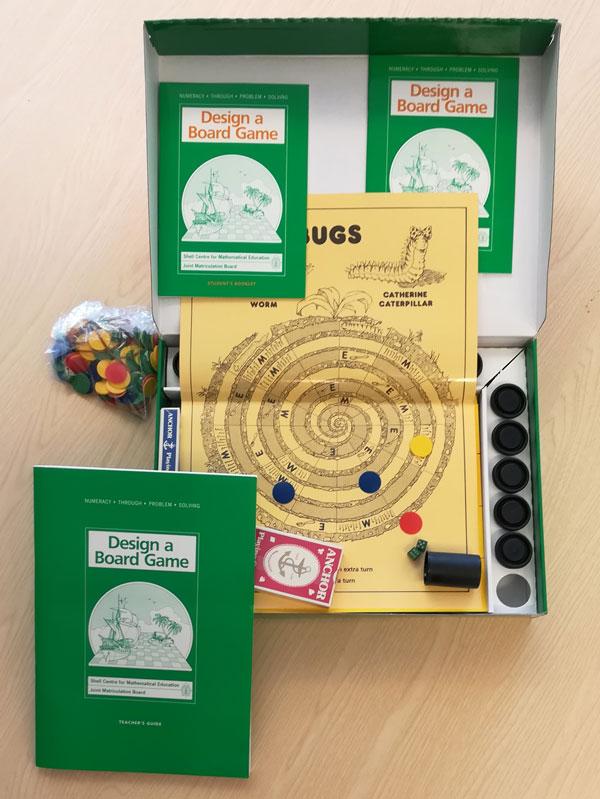Issue 13 – July 2020
Welcome to Educational Designer #13
In this issue, the authors describe, explain, demonstrate and reflect on practical design strategies that they have used in curriculum development, from primary school to adult learners.
Many designers and educational researchers will find the first article, by Koeno Gravemeijer, to be an important contribution to the international literature on Realistic Mathematics Education. The article traces the origin of the central design heuristic of emergent modeling for addressing the tension between RME theory and the socio-constructivist perspective. Clear operational guidelines and five detailed case studies of the creation of instructional materials are presented.
The next article is especially relevant while Education is being so heavily impacted by COVID19. Erin Gibson and colleagues describe a pilot test of an online course to train public health professionals and students to develop a social marketing campaign for obesity prevention. They exemplify and evaluate the design strategies used to transform in-person education for remote use.
Kevin Reins describes his experiences over a decade using modified lesson study with pre-service teacher education students. Modified lesson study has prompted pre-service teachers to reflect on their roles and responsibilities, whilst assisting them to view lessons through their students’ eyes.
Finally, Hugh Burkhardt and Daniel Pead provide a sweeping taxonomy of 30 design strategies and tactics that have proved effective for curriculum material development at the Shell Centre of Mathematical Education. Strategies are described and linked to illustrative examples.
As usual, the preparation of the journal depends on the hard work of the authors, the editorial team and anonymous reviewers. After five years, Dr Sheila Evans, is stepping down from being our Assistant Editor. We especially thank Sheila for all her work, including extensive proof reading, and we wish her well for the future. Thank you.
The editorial team hopes this issue of journal will help us to spread ideas and good practice of educational design.
Kaye Stacey
Editor in Chief
Note: starting with this issue we have made some slight changes to the design of the site which take advantage of more modern web browsers and should make it more useful on tablets and (some) phones. For the moment, Volumes 1-3 still use the old design. Please send any comments on – or problems with – the new design to Daniel, and if all is well we will roll out the changes to earlier issues as and when time allows.
Emergent Modeling: an RME Design Heuristic Elaborated in a Series of Examples

Read article
The aim of this article is to offer an operational elaboration of the emergent modeling instructional design heuristic. This is one of the three instructional design heuristics with which the theory of realistic mathematics education (RME) may be characterized. First some background is given and it is elucidated how this heuristic was construed as a means of addressing the tension between RME theory and the socio-constructivist perspective on modeling. Next the heuristic is explicated in more detail with a design experiment on a sequence on addition and subtraction up to 100, which played a major role in the elaboration of this heuristic. Subsequently operational guidelines are presented, which are illustrated with reconstructions of the design of four instructional sequences, on addition and subtraction up to 20, introductory data analysis, graphs, and functions.
Gravemeijer, K. (2020)
Emergent Modeling: an RME Design Heuristic Elaborated in a Series of Examples.
Educational Designer, 3(13).
Retrieved from:
http://educationaldesigner.org/ed/volume4/issue13/article50/
Delivering Case Method Teaching Through Online Platforms
Adapting Active Learning Techniques and Maximizing Learner Engagement

Read article
With the goal of expanding case-method teaching via digital learning platforms in effective and engaging ways, we employed design strategies to transform an in-person course into an e-course. The curriculum of both versions of the course was intended to increase skills in developing a non-stigmatizing social marketing campaign for obesity prevention. We pilot-tested the e-course with 37 participants across the U.S. who completed pre- and post-course surveys with quantitative and qualitative components. The survey results indicated that participants’ knowledge significantly improved following the e-course. Participants gave high mean ratings on measures associated with level of engagement, satisfaction with the online format, and effectiveness of the course in increasing targeted skills. Qualitative feedback helped us evaluate strengths and areas for improvement in the course design. Key design strategies included a moderated discussion board; an illustrated, interactive version of the teaching case, which included prompts for reflection using technology available through the learning management system to enable small group work; and video conferencing to simulate face-to-face interaction. The findings of this e-course pilot study can inform future initiatives to deliver case-method teaching via online learning platforms.
Bray Gibson, E., Johnston, M., Gooding, H., Dede, C., Phelps-Coco, A., Lin, K., Levinson, J.A., Austin, S.B. (2020)
Delivering Case Method Teaching Through Online Platforms.
Educational Designer, 3(13).
Retrieved from:
http://educationaldesigner.org/ed/volume4/issue13/article51/
Designing Effective Lesson Study Practices for Mathematics Education Students

Read article
This article presents the author’s experiences over a decade of using a modified version of lesson study with mathematics education students and educators in the grades 7 – 12 public schools. The article also reviews two years of data from four teams of mathematics education students who engaged in collaborative planning, evaluations, and research lesson reflections. Five themes emerged from data analysis; innovation and success demand time, goal setting importance, making connections, and reinforcing and valuing discipline stewardship. Lesson study caused the mathematics education students to ponder their roles, responsibilities, and the complexity of teaching. The 7-12 educators viewed lesson study as an opportunity to learn more regarding how their own students process information and thus to view lessons through their students’ eyes. Five modifications to lesson study practices are provided for using the full lesson study cycle with mathematics education students.
Reins, K. J. (2020)
Designing Effective Lesson Study Practices for Mathematics Education Students.
Educational Designer, 3(13).
Retrieved from:
http://educationaldesigner.org/ed/volume4/issue13/article52/
30 Design Strategies and Tactics from 40 Years of Investigation

Read article
This paper discusses some of the design approaches used in 40 years of work at the Shell Centre for Mathematical Education – and some examples from other groups – for which there is some evidence of efficacy. These range from detailed tactics for designing student activities to more “political” strategies for fostering change at system level. The paper is structured as a short overview listing and summarizing the strategies, each of which links to a page containing more details, examples and – where possible – onward links to the actual materials.
Burkhardt, H., Pead, D. (2020)
30 Design Strategies and Tactics from 40 Years of Investigation.
Educational Designer, 3(13).
Retrieved from:
http://educationaldesigner.org/ed/volume4/issue13/article53/